Reservations Experience Disproportionate Levels of Credit Insecurity
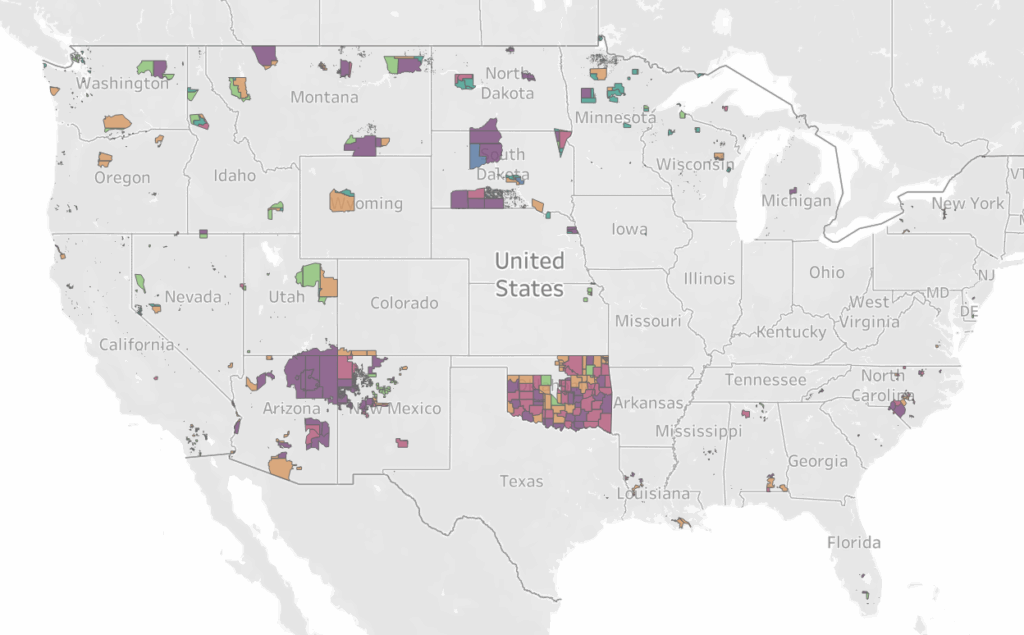
The new Credit Insecurity dashboard by the Native Lands Advocacy Project (NLAP) provides an at-a-glance understanding of tribal access to credit, revealing key discrepancies on Native lands when compared to national figures. About the Data The Native Lands Advocacy Project’s (NLAP’s) new Credit Insecurity on US Native Lands dashboard maps county-level credit insecurity data (as […]
Understanding the 2026 Federal Budget for Indian Country

Here’s what we currently know about proposed funding levels for the BIA, BIE, and BTFA as of September 30, 2025.
Creating a Historic Loss Assessment, Part 4: Extermination of buffalo and other significant losses
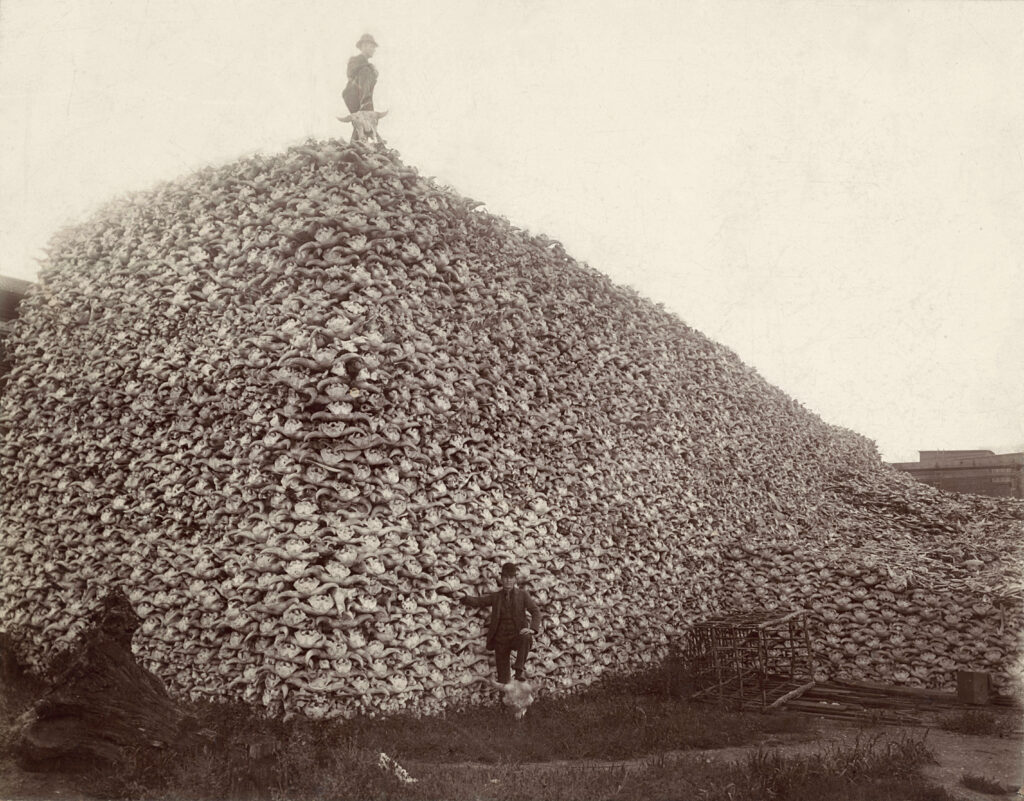
By calculating land dispossession, this report seeks to not only identify what has been taken from Native peoples but also how this theft became the original source of capital that built Colorado and the West.
New Storymap: Visualizing Federal Spending in Indian Country
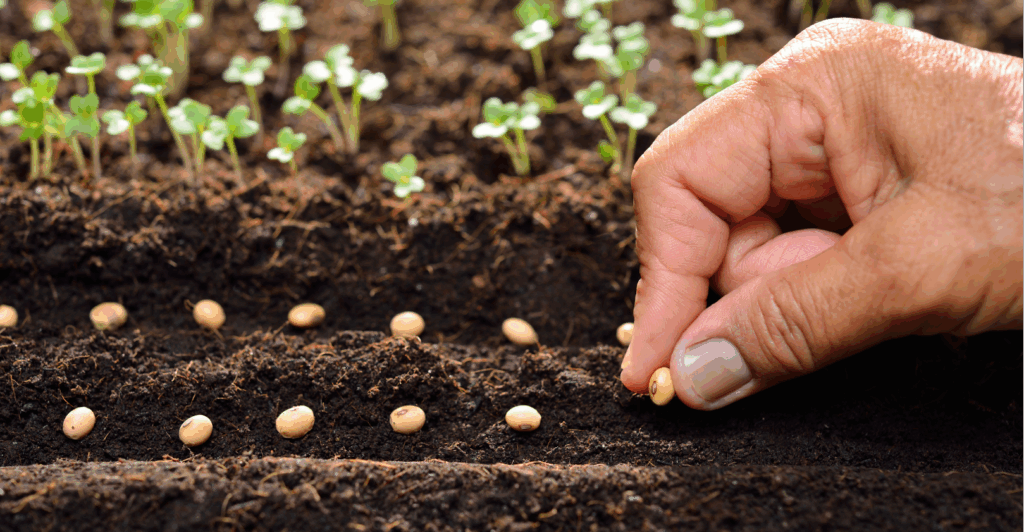
Learn about three new data tools that allow users to access relevant data about federal investments in Indian Country.
Articulating Losses for the Native Nations in Your State

Learn about the Historic Loss Assessment: a powerful report that quantifies lost lives, land, and resources for Native Nations.
Credit Insecurity on US Native Lands

About this Dashboard This data dashboard maps county-level credit insecurity as ranked by the New York Federal Reserve Bank to US Native Lands. County-level insecurity rankings do not necessarily account for actual credit needs within reservation boundaries and, in many cases, may show inaccurate rankings depending on the percentage of off-reservation population contained within each […]
Visualizing Federal Spending in Indian Country
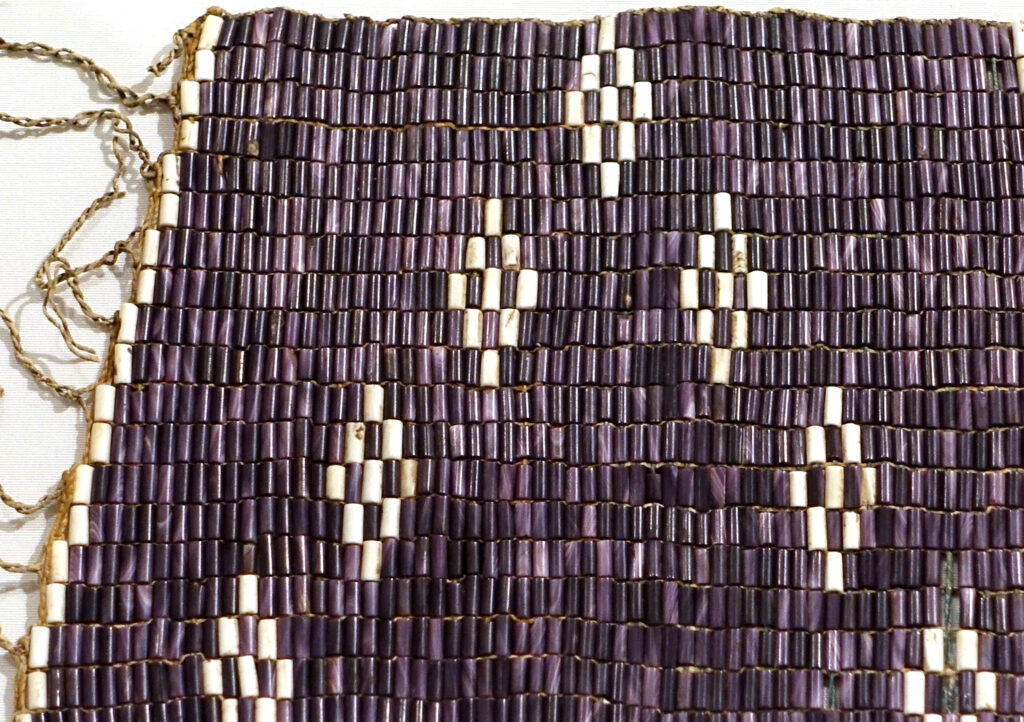
The Native Lands Advocacy Project recently published three data dashboards that focus on federal spending as it relates to tribes.
The Impact Project Maps the Effects of Federal Changes on Local Communities
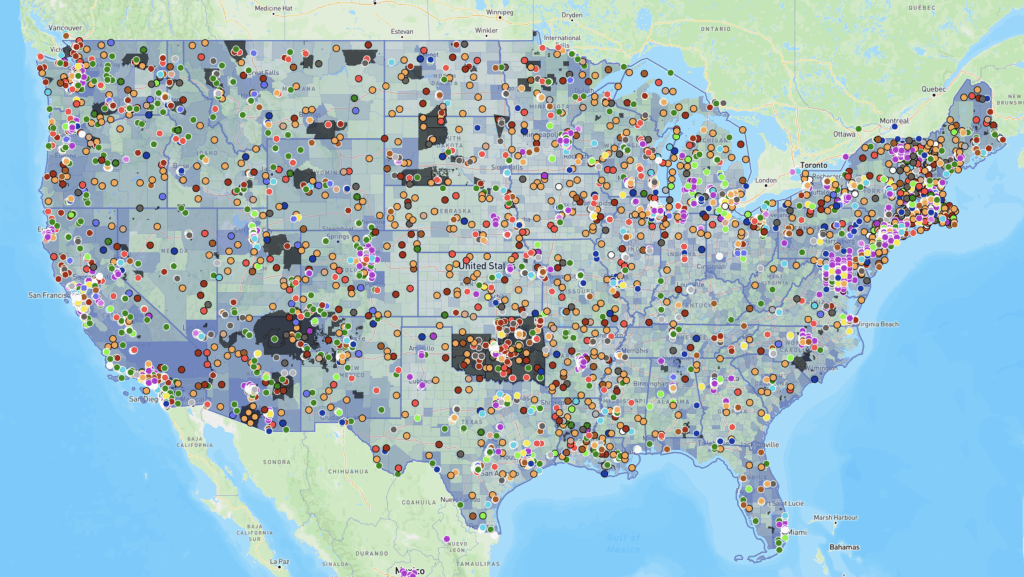
The Impact Project helps equip tribes with relevant information about the real-time effects of federal policy changes on local communities.
Creating a Historic Loss Assessment, Part 3: Illegal settlements and loss of agricultural revenue

By calculating land dispossession, this report seeks to not only identify what has been taken from Native peoples but also how this theft became the original source of capital that built Colorado and the West.
Keystone Data Tools for Native Land Planning: View the webinar recordings & share your feedback

This month, the Native Lands Advocacy Project (NLAP) wrapped up our webinar series: Keystone Data Tools for Native Land Planning. These webinars introduced attendees to three foundational datasets that Native Nations & citizens can use to make informed, sovereign decisions for their futures: The USDA Census of Agriculture for American Indian Reservations The National Land […]
Creating a Historic Loss Assessment, Part 2: Loss of life and Extraction of minerals
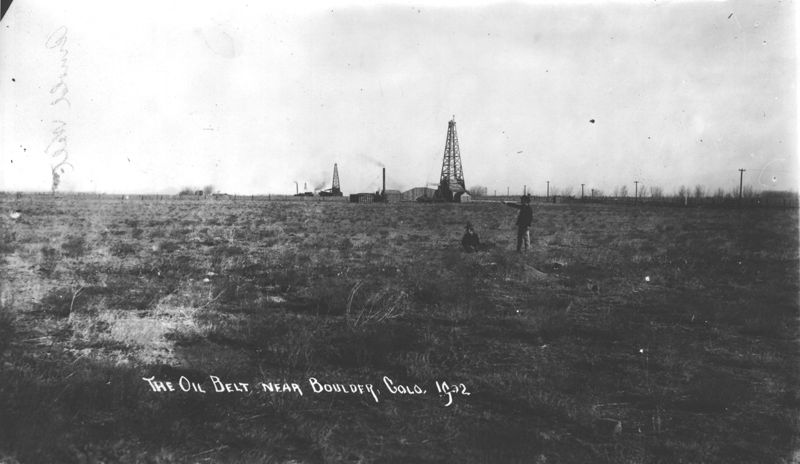
By calculating land dispossession, this report seeks to not only identify what has been taken from Native peoples but also how this theft became the original source of capital that built Colorado and the West.
Federally-funded Projects in Indian Country

About this Dashboard This data dashboard summarizes data about federally-funded projects within tribal boundaries from the Bipartisan Infrastructure Law and the Infrastructure Reduction Act. The visualization displays funds amounts and categories of federal project for all tribes for years 2022 through 2025 (it has not been modified for eventual funding freezes resulting from the current […]
